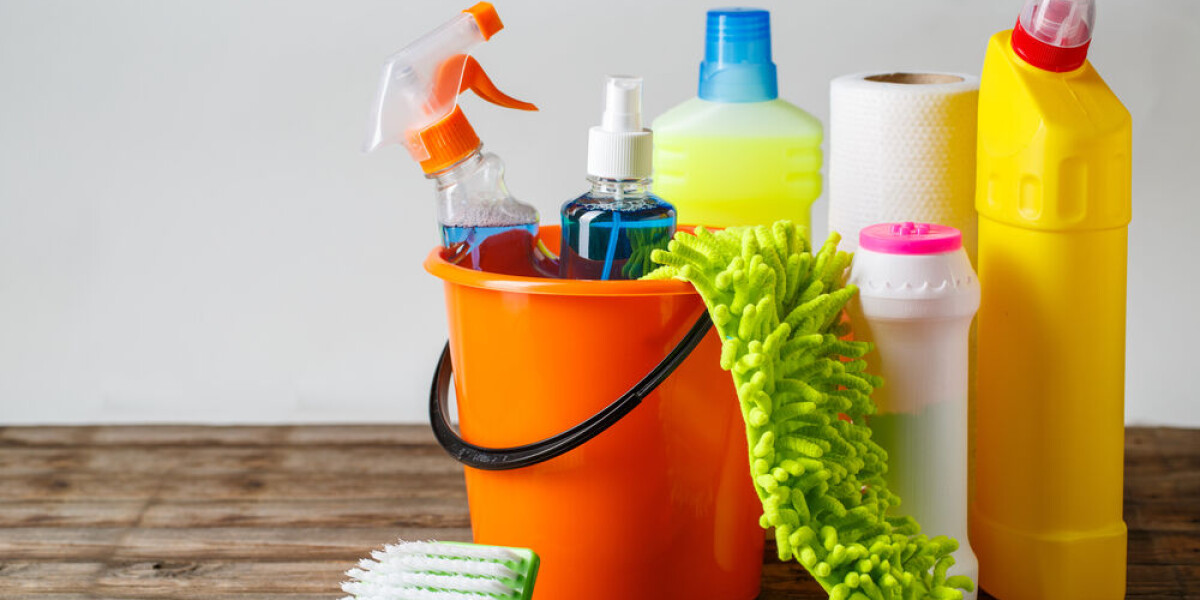Warning over storage of bleach and other cleaning products in France
- Select a language for the TTS:
- UK English Female
- UK English Male
- US English Female
- US English Male
- Australian Female
- Australian Male
- Language selected: (auto detect) - EN

Play all audios:

Cleaning products such as bleach should always be left in their original containers and not transferred to others, even if they are more aesthetically-pleasing or practical, the French
safety agency has warned.
Pouring cleaning materials into other containers can lead to accidents, said Anses (Agence nationale de sécurité sanitaire de l'alimentation, de l'environnement et du travail), in a new
alert.
There were more than 30,000 accidents in France related to cleaning products not being in their correct containers from 2017 to 2021, it said.
Some people may transfer cleaning products into other bottles or containers in a bid to save space, put the products into more practical bottles, or for aesthetic reasons, Anses said. But it
warned against the practice, citing an analysis of calls to antipoison centres nationwide.
The practice inadvertently leads to around 6,000 accidents a year on average, it said.
Most are small, concerning “an asymptomatic or mildly serious ingestion”, but 108 serious cases were recorded over those four years. There were five deaths, including that of a
three-year-old.
In total, 17 children under age 15 were reported to have been involved in accidents, of which a third suffered after-effects as a result.
Transferring bleach or other cleaning products to other containers can be dangerous because it takes away the product’s original packaging, which will show essential information and warnings
on its contents, usage, and precautions to take.
This means that it may be inadvertently swallowed. And, in case of an accident, it can be more difficult to know who to call and what to tell anti-poison professionals or doctors.
Anses has issued some advice on how to store cleaning products and other household chemicals safely.
If possible, keep the container in its original packaging at all times, secured with a cap, and away on a high shelf or in a locked cupboard (even if it is only a child-safety lock), out of
the reach of children
If the product needs to be diluted in some way, do this in a suitable container with a secure cap, and also keep this out of the reach of children
If you must transfer a product to a new bottle, ensure this is also a suitable container with a secure cap, and write down the bottle’s original information
Never put household cleaning products in the fridge or in other food cupboards
Take a photo of the IUF (identifiant unique de formulation, unique formulation identifier) code of the product
“This 16-digit code, which is usually printed next to the name or hazard information, enables anti-poison centres to identify the commercial reference and its composition,” said Anses.
If someone is suspected to have ingested a dangerous product, immediately call: